Plant functional traits and types: Their relevance for a better
Por um escritor misterioso
Last updated 14 abril 2025

It is proposed here to analyse the potential and limitations of the PFTT concepts in the case of AFS in the humid tropics, notably referring to rainforest dynamics regarding succession patterns. Complex Agroforestry Systems (AFS) in the humid tropics are mixed forest-like ecosystems that often display high species diversity that makes their structure and functioning difficult to understand and simulate. Plant Functional Traits and Types (PFTT) are broadly used concepts in community and ecosystem ecology to address the responses of species to changes in the environment and/or the contribution of species to ecosystem functions. The relevance of these concepts, developed for natural ecosystems, for a better understanding of AFS is unknown but we hypothesize that they might be useful to gain a better understanding of the resilience properties of AFS and to answer the following questions: What is the role of AFS species composition in ecosystem functions? and, conversely: How do environmental changes affect that species composition, and hence AFS performance? We propose here to analyse the potential and limitations of the PFTT concepts in the case of AFS in the humid tropics, notably referring to rainforest dynamics regarding succession patterns. This analysis is based on case studies from coconut-based AFS in Melanesia and coffee-based AFS in West Africa. Plant functional traits, such as growth form, life form, phenology, and height were first used to describe these AFS. Since AFS are a result of farmers interventions, to evaluate their performance specific traits, corresponding to agronomic characteristics of species such as the production cycle, and part of the plant used, need to be considered in addition to traits considered for natural forests. (Resume d'auteur)

Predicting ecosystem productivity based on plant community traits: Trends in Plant Science

Variation in plant functional traits is better explained by the species identity than by land use management regimes – Functional Ecology: Plain Language Summaries
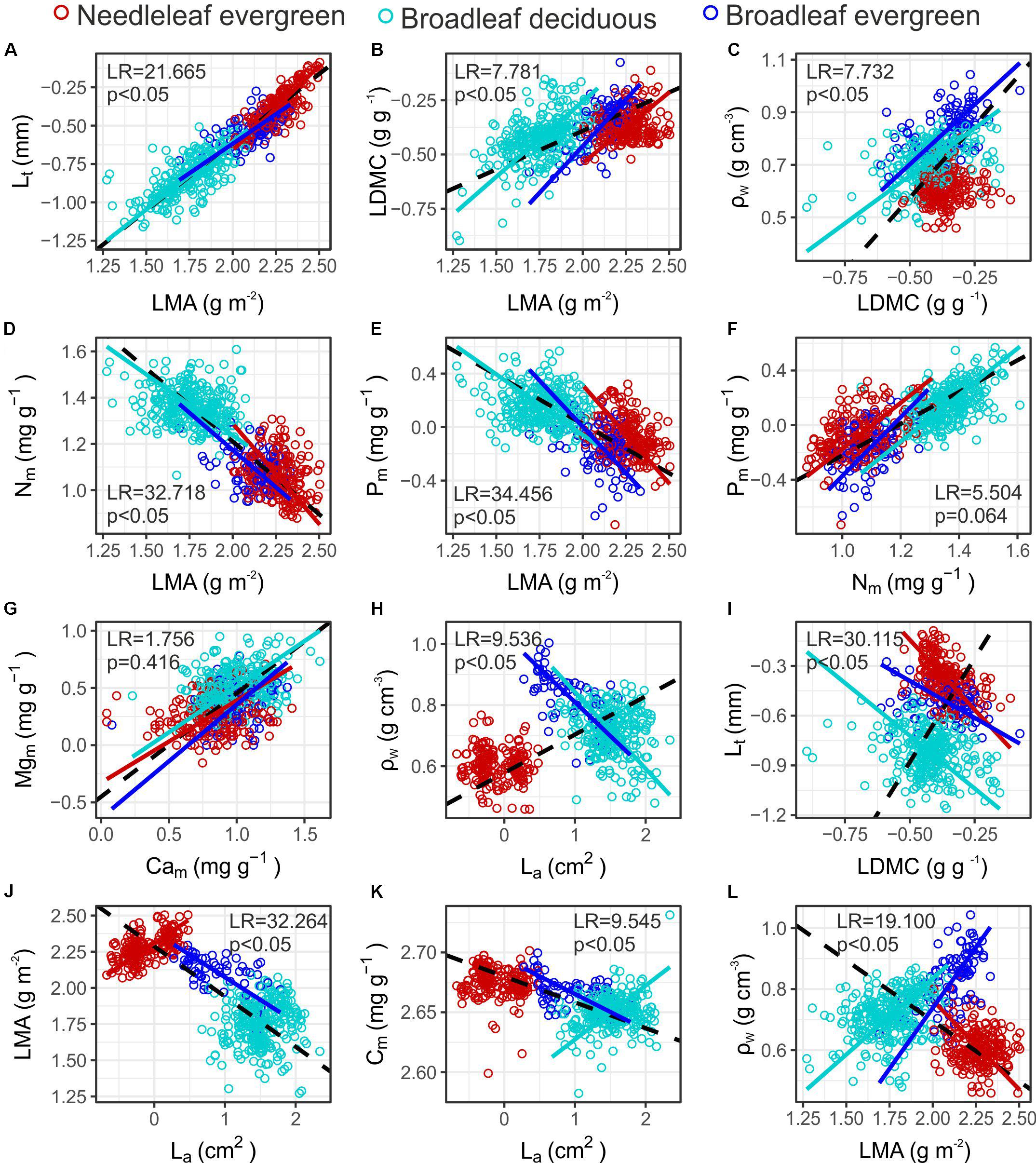
Frontiers Functional Trait Variation Among and Within Species and Plant Functional Types in Mountainous Mediterranean Forests

PDF) Plant diversity, functional traits and soil conditions of grass savannas on lateritic crusts (bowé) in south eastern Burkina Faso
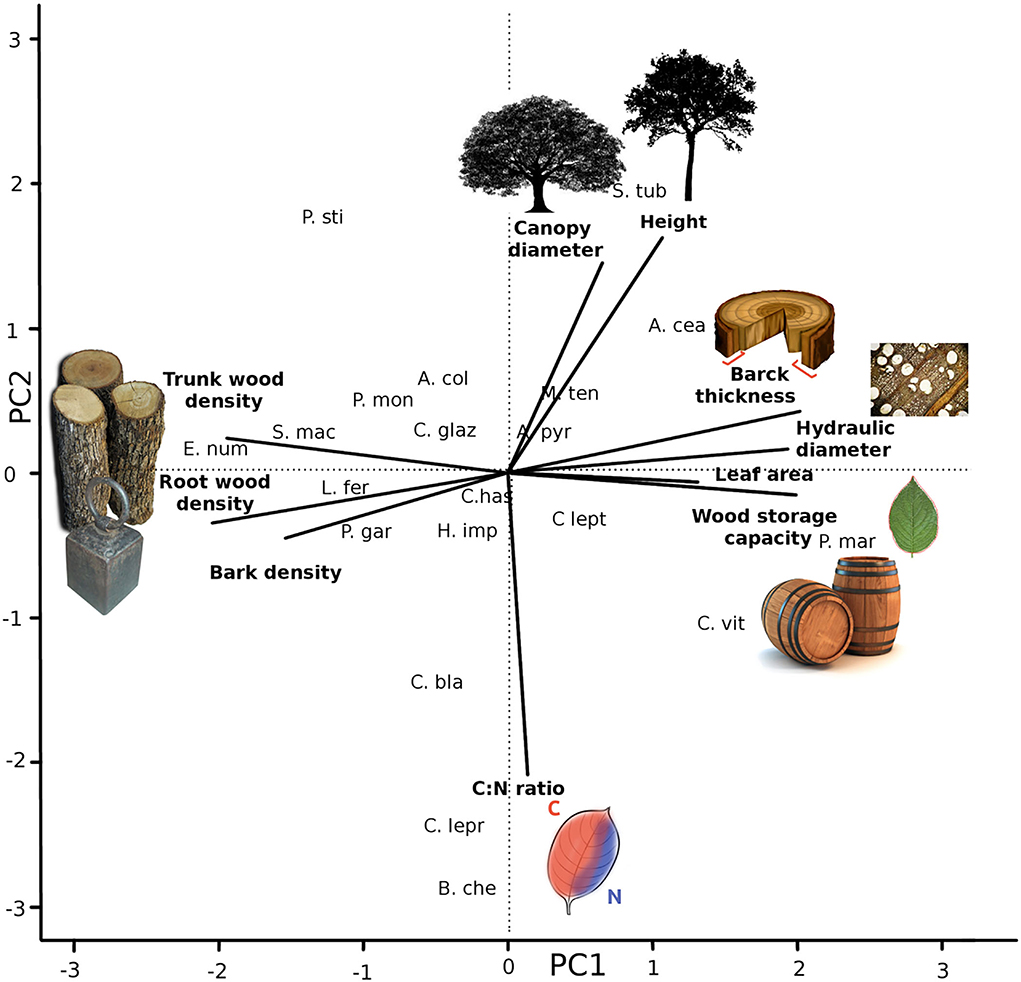
Frontiers Functional traits above and below ground allow species with distinct ecological strategies to coexist in the largest seasonally dry tropical forest in the Americas
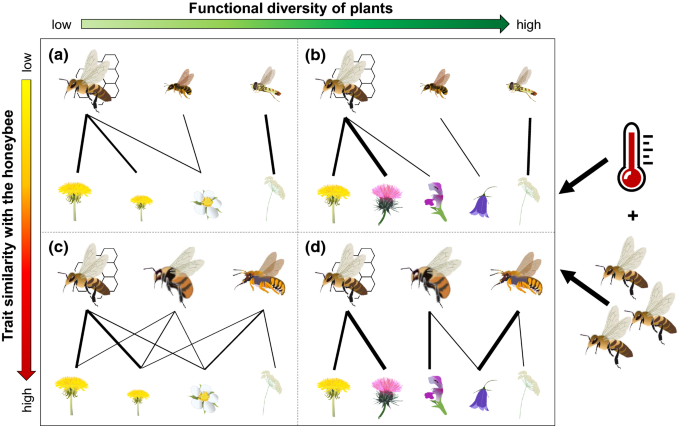
Functional traits of plants and pollinators explain resource overlap between honeybees and wild pollinators
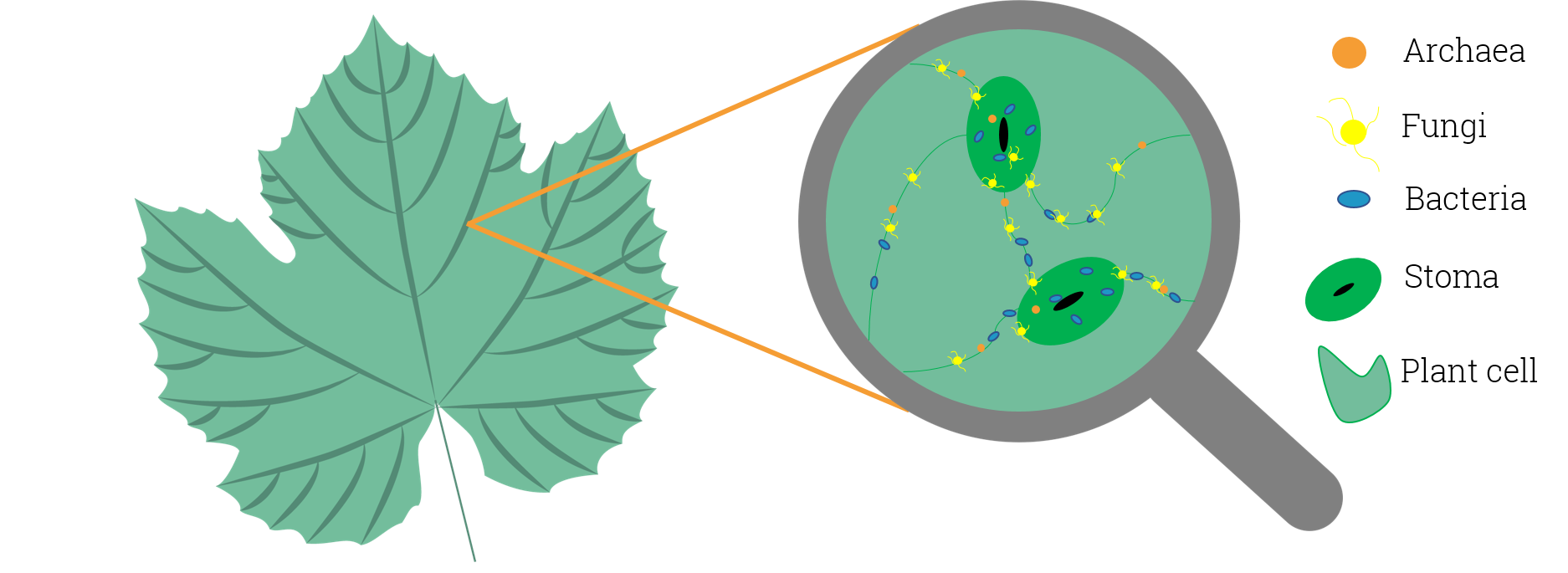
Phyllosphere - Wikipedia

Spectrally defined plant functional types adequately capture multidimensional trait variation in herbaceous communities - ScienceDirect

Researches Song Bio-ESM Lab
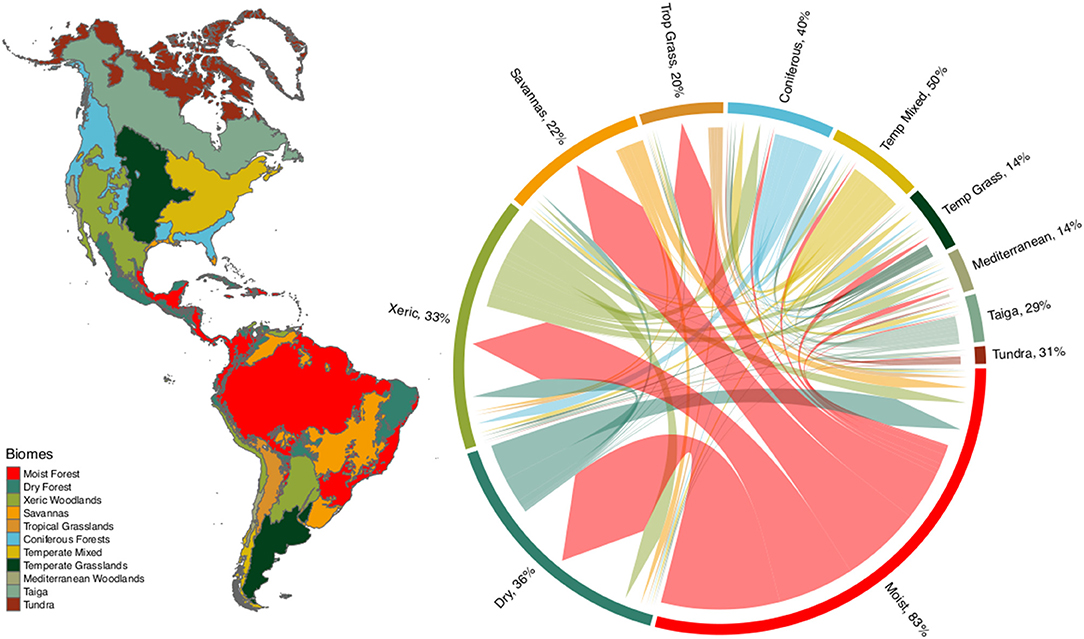
Frontiers Plant Functional Diversity and the Biogeography of Biomes in North and South America

All Traits Are Functional: An Evolutionary Viewpoint: Trends in Plant Science
Recomendado para você
-
Universidade Federal de Santa Catarina · GitHub14 abril 2025
-
 PDF) USO DE TECNOLOGIAS DIGITAIS DE INFORMAÇÃO E COMUNICAÇÃO POR14 abril 2025
PDF) USO DE TECNOLOGIAS DIGITAIS DE INFORMAÇÃO E COMUNICAÇÃO POR14 abril 2025 -
 Moodle : Estratégias Pedagógicas e Estudos de Caso by Márcio14 abril 2025
Moodle : Estratégias Pedagógicas e Estudos de Caso by Márcio14 abril 2025 -
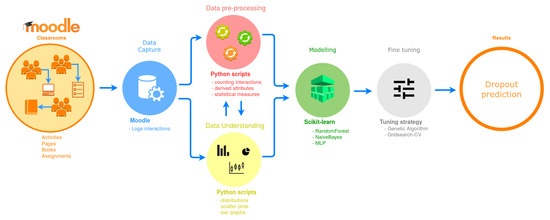 Applied Sciences, Free Full-Text14 abril 2025
Applied Sciences, Free Full-Text14 abril 2025 -
 Social software in Higher Education: Pedagogical Models and14 abril 2025
Social software in Higher Education: Pedagogical Models and14 abril 2025 -
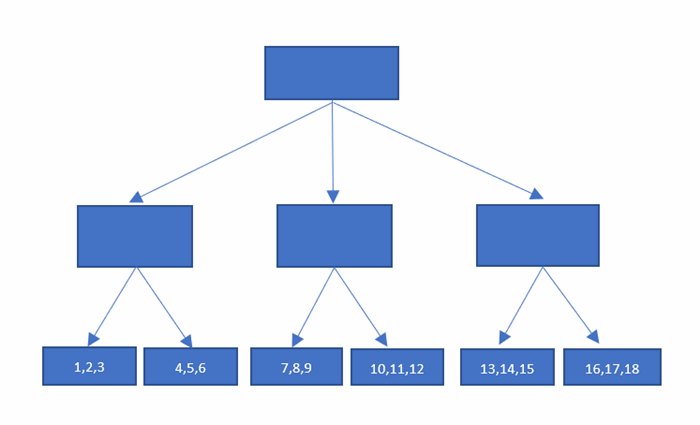 Implementation of Resizable Multidimensional Arrays in C++1714 abril 2025
Implementation of Resizable Multidimensional Arrays in C++1714 abril 2025 -
Programa de Pós-Graduação em Tecnologias da Informação e14 abril 2025
-
 Museu de Ciències Naturals de Barcelona: Les publicacions científiques14 abril 2025
Museu de Ciències Naturals de Barcelona: Les publicacions científiques14 abril 2025 -
 PPT - FISIOLOGIA DO SISTEMA DIGESTÓRIO PowerPoint Presentation14 abril 2025
PPT - FISIOLOGIA DO SISTEMA DIGESTÓRIO PowerPoint Presentation14 abril 2025 -
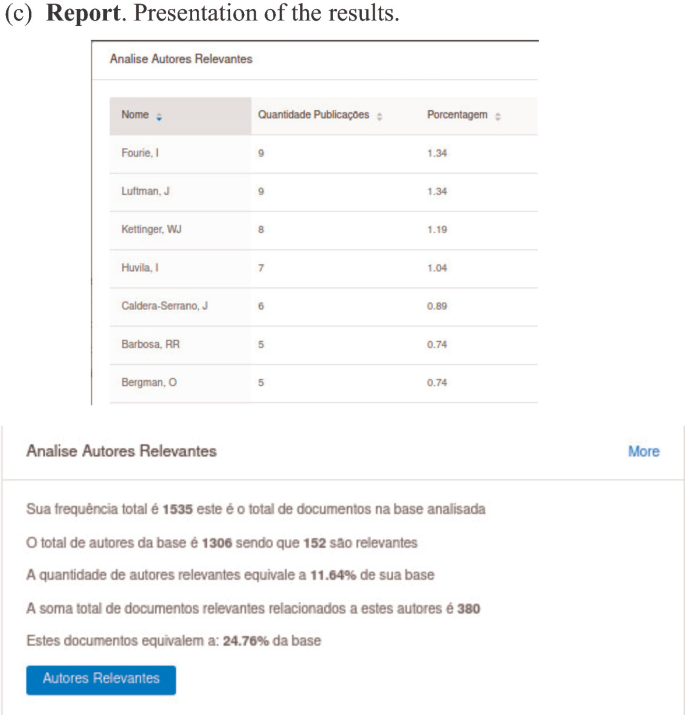 Expert Bibliometrics: An Application Service for Metric Studies of14 abril 2025
Expert Bibliometrics: An Application Service for Metric Studies of14 abril 2025
você pode gostar
-
 Quem Vc Seria Em FnaF 1? (Quiz)14 abril 2025
Quem Vc Seria Em FnaF 1? (Quiz)14 abril 2025 -
 Poker Tie Breaker Rules to Play Texas Holdem Cash Games @14 abril 2025
Poker Tie Breaker Rules to Play Texas Holdem Cash Games @14 abril 2025 -
 Spider-Man: Across the Spider-Verse Reveals Character Posters for The Spot, Spider-Cat and More14 abril 2025
Spider-Man: Across the Spider-Verse Reveals Character Posters for The Spot, Spider-Cat and More14 abril 2025 -
 Luluca Idade, Namorado, Biografia, wikipedia, Altura, Peso, Família, Casamento - Nextau14 abril 2025
Luluca Idade, Namorado, Biografia, wikipedia, Altura, Peso, Família, Casamento - Nextau14 abril 2025 -
 Shadowverse Flame Episode 46 English SUB14 abril 2025
Shadowverse Flame Episode 46 English SUB14 abril 2025 -
 One Piece Nami Surrenders?! Ulti's Fierce Headbutt! (TV Episode14 abril 2025
One Piece Nami Surrenders?! Ulti's Fierce Headbutt! (TV Episode14 abril 2025 -
 Velocidade - 1001 Jogos14 abril 2025
Velocidade - 1001 Jogos14 abril 2025 -
 Character Refs for Upcoming Comic, The Walten Files14 abril 2025
Character Refs for Upcoming Comic, The Walten Files14 abril 2025 -
 PlayStation Novas versões de Infamous e Sly Cooper estão em14 abril 2025
PlayStation Novas versões de Infamous e Sly Cooper estão em14 abril 2025 -
 Sprinkler Controller 12V DC LCD Digital Programmable Control Power Timer Time Relay Switch Hot Used Widely to Control The Led Lamp Automatic Water14 abril 2025
Sprinkler Controller 12V DC LCD Digital Programmable Control Power Timer Time Relay Switch Hot Used Widely to Control The Led Lamp Automatic Water14 abril 2025
